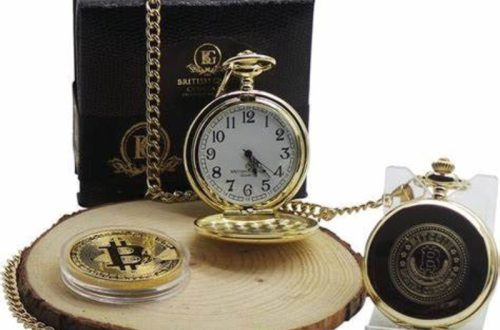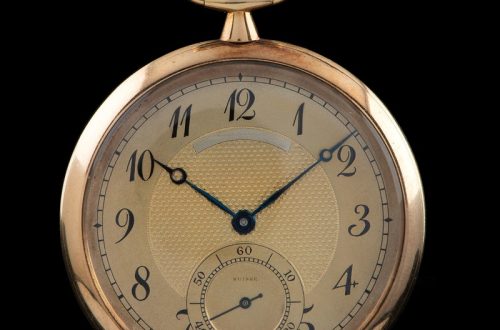Part 1: Durability and Water Resistance
When it comes to choosing an outdoor watch, durability and water resistance are essential criteria to consider.
1. Durability:
Outdoor activities can be physically demanding, subjecting watches to various elements and potential damage. Therefore, durability is a crucial factor to consider when choosing an outdoor watch. Look for a watch made from tough materials such as stainless steel or titanium, which are known for their strength and resistance to corrosion.
Additionally, a scratch-resistant and shock-resistant design is essential to protect the watch from everyday wear and tear. Outdoor activities often involve accidental bumps or drops, so a watch that can withstand these impacts is crucial. A sapphire crystal face is particularly renowned for its scratch resistance, providing added protection for the watch’s delicate components.
2. Water Resistance:
Outdoor activities often involve exposure to water, whether it’s rain, swimming, or water sports. A water-resistant watch is a necessity for anyone engaging in these activities. Look for a watch with a high level of water resistance, such as 100 meters or more. This rating indicates the depth the watch can withstand without water entering the case. If you plan on swimming or diving, consider a watch with even higher levels of water resistance, such as 200 meters or more. These watches are designed to withstand the pressure of deep water and are suitable for a variety of aquatic activities.

In the age of advanced technology, GPS and navigation features are becoming increasingly important in outdoor watches.
1. GPS:
A built-in GPS feature is a valuable asset for outdoor enthusiasts who engage in activities like hiking, trail running, or mountain biking. GPS technology allows you to track your route, record your distance and speed, and even navigate to specific points of interest.
With a GPS-enabled watch, you can easily retrace your steps if you get lost or need to find your way back to a trailhead. Additionally, GPS can provide you with valuable data such as elevation gain, total time, and average speed. This information can be helpful for tracking your progress, setting goals, and analyzing your performance.
In addition to GPS, outdoor watches often offer other navigation features that can be indispensable for navigating the great outdoors. A compass is essential for determining direction and ensuring you stay on course. An altimeter is useful for tracking changes in elevation, which is important for activities like hiking and mountaineering. A barometer can help you monitor weather conditions, as changes in atmospheric pressure can indicate approaching storms or changes in weather patterns.
By equipping yourself with a watch that offers these navigation features, you can enhance your outdoor adventures and increase your safety. These tools can help you navigate unfamiliar terrain, avoid potential hazards, and make informed decisions based on the surrounding environment.
Part 3: Battery Life and Charging Options
The last thing you want is for your watch to die on you in the middle of an outdoor adventure. Therefore, battery life and charging options are crucial considerations when choosing an outdoor watch.
1. Battery Life:
When choosing an outdoor watch, battery life is a crucial factor to consider, especially if you plan to spend extended periods of time away from power sources. Look for a watch with a long battery life, preferably 50 hours or more. This will ensure that your watch can keep you informed and powered throughout your outdoor adventures.
Some outdoor watches offer battery-saving modes that can extend their battery life even further. These modes may limit certain features or reduce screen brightness to conserve energy. By utilizing these modes when necessary, you can maximize your watch’s battery life and avoid the inconvenience of running out of power.

2. Charging Options:
Consider how the watch is powered and what charging options are available. Some outdoor watches are powered by traditional batteries, while others may utilize solar power or wireless charging.
Solar-powered watches are a convenient option for those who spend a lot of time outdoors. These watches can harness sunlight to recharge their batteries, ensuring that they are always powered up. Wireless charging is another convenient option, as it eliminates the need for cables or plugs. Simply place the watch on a compatible charging pad, and it will start charging automatically.
Part 4: Activity Tracking and Fitness Features
For outdoor enthusiasts who also enjoy staying active and keeping fit, activity tracking and fitness features are important criteria when choosing an outdoor watch.
1. Activity Tracking:
For those who are looking to stay active and monitor their fitness progress, an outdoor watch with activity tracking features is a valuable tool. Look for a watch that can track your daily steps, distance traveled, and calories burned. This data can help you stay motivated and track your overall fitness levels.
Activity tracking can also be useful for setting fitness goals and monitoring your progress towards achieving them. By tracking your daily activity, you can identify areas where you need to improve and make adjustments to your routine to reach your goals.
2. Fitness Features:
If you are an athlete or fitness enthusiast, consider an outdoor watch that offers specific fitness features. Heart rate monitoring can help you track your heart rate during workouts and ensure that you are training at the optimal intensity. Training metrics such as pace, cadence, and stride length can provide valuable insights into your performance and help you identify areas for improvement.
Workout tracking features allow you to record your workouts, set goals, and analyze your progress over time. This can be particularly helpful for athletes who want to track their training data and monitor their performance trends.
Part 5: Design and Comfort
While functionality is important, the design and comfort of an outdoor watch also play a crucial role in the overall user experience.
1. Design:
Look for a watch that has a design that suits your personal style and preferences. Some outdoor watches come in sleek and modern designs, while others have a more rugged and robust look. Choose a design that you feel comfortable wearing and that reflects your outdoor lifestyle.

2. Comfort:
Pay close attention to the materials used for the watch strap and the overall weight and size of the watch. A comfortable strap is essential for extended wear, especially during strenuous activities. Consider factors like:
- Strap Material: Leather, nylon, or silicone are popular choices. Each has its own benefits: leather for a classic look, nylon for durability and breathability, and silicone for a lightweight and flexible option.
- Weight and Size: Ensure the watch fits comfortably on your wrist and doesn’t feel too heavy or bulky. A well-fitting watch won’t distract you during activities and will be less likely to cause discomfort.
- Adjustability: A watch with multiple adjustment holes or a quick-release strap allows you to customize the fit to your wrist size, ensuring optimal comfort.
Part 6: Budget and Additional Features
Lastly, consider your budget and any additional features that may be important to you when choosing an outdoor watch.
1. Budget:
Outdoor watches can vary widely in price, depending on their features and brand. Set a budget for yourself and consider which features are absolutely essential for you. This will help you narrow down your options and find a watch that fits both your needs and your budget.
2. Additional Features:
Consider any additional features that may be important to you, such as a built-in flashlight, a stopwatch, or the ability to receive notifications from your smartphone. While these features may not be essential for everyone, they can add extra convenience and functionality to your outdoor watch.




